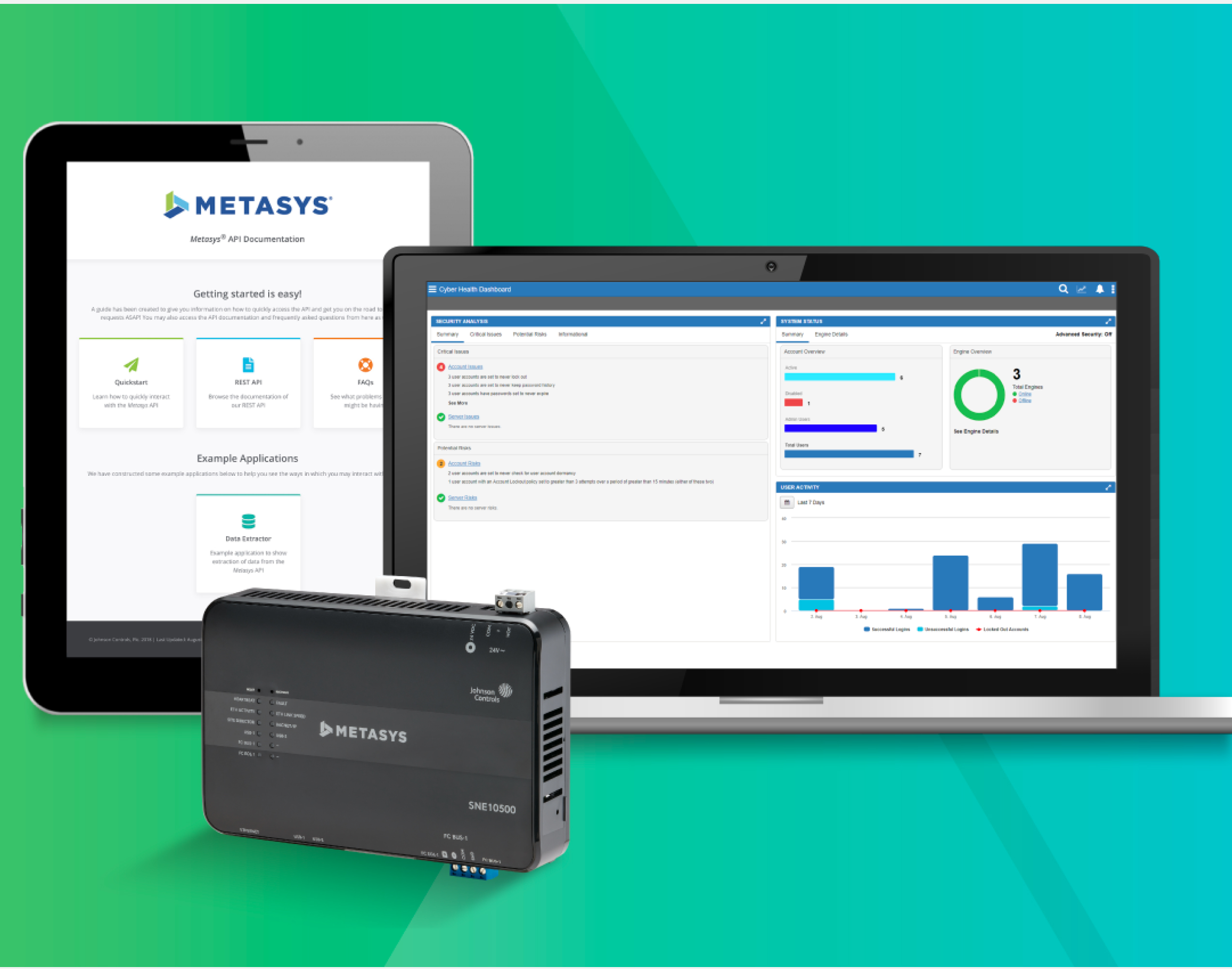Cooling systems contribute to approximately 30–40% of a data center’s total energy consumption. As global demand for data and computing power continues to surge, operators are increasingly adopting smarter, more sustainable approaches to managing thermal loads.
One innovative solution gaining international traction is Cooling as a Service (CaaS), an outsourced model that delivers enhanced efficiency, operational flexibility, and long-term environmental sustainability.
In this article, we explore how CaaS works, why it’s gaining momentum globally, the key benefits it offers data centers, and the trends shaping its future.
CONTENTS
What Is CaaS?
- Core Characteristics of Cooling as a Service (CaaS)
- Why CaaS Is Gaining Global Momentum
- What Is Cooling as a Service for Data Centers? Why Does It Make Sense?
Key Benefits of Cooling as a Service for Data Centers
- Financial Efficiency and Cost Control
- Energy Efficiency and Optimization
- Operational Simplicity and Reliability
- Sustainability and ESG Alignment
Emerging Trends Shaping the Future of Cooling as a Service
- AI-Driven Optimization
- Predictive Maintenance and IoT
- Modular, Prefabricated Deployments
Data Center Cooling with Johnson Controls Arabia
What Is CaaS?
Cooling as a Service (CaaS) is a subscription-based model that enables businesses to access cooling infrastructure and services without owning the equipment. Instead of purchasing and managing chillers or cooling towers, operators pay for cooling output, typically per ton or per kilowatt, under a long-term contract.
The provider designs, installs, operates, and maintains the system, guaranteeing both uptime and performance.
Core Characteristics of Cooling as a Service (CaaS)
- CapEx to OpEx Transformation: This model shifts cooling from a capital expenditure (CapEx), such as the upfront purchase and installation of equipment, to a recurring operating expense (OpEx). The data center pays for cooling as a utility.
- Fully Managed Solution: The provider handles all installation, monitoring, maintenance, and repairs.
- Performance Guarantees: SLAs cover efficiency, availability, and temperature control, shifting risk to the provider.
Why CaaS Is Gaining Global Momentum
As demand for energy-efficient infrastructure grows, Cooling as a Service is being recognized globally as a scalable, future-ready solution, particularly in regions where cooling loads are rapidly growing. CaaS offers:
Financial and Operational Appeal
Financial Flexibility: The pay-as-you-use model helps avoid large capital outlays, allowing businesses to allocate funds to core infrastructure.
Predictable Costs: Ongoing fees are stable and tied to output, simplifying budgeting and avoiding surprise expenses.
Access to Innovation: Service providers deploy cutting-edge equipment and regularly upgrade systems to remain competitive.
Environmental and Strategic Alignment
Focus on Total Lifecycle Value: Providers invest in technologies that maximize long-term performance, not just reduce short-term cost.
Support for Climate Goals: CaaS aligns with decarbonization strategies by reducing energy consumption and refrigerant emissions.
Scalable Deployments: Ideal for both hyperscale (large, centralized facilities) and edge deployments (smaller, distributed facilities), CaaS can scale seamlessly with growth, adapting to increases in cooling demand without requiring major infrastructure overhauls.
What Is Cooling as a Service for Data Centers? Why Does It Make Sense?
As data center cooling demands continue to evolve, so must the solutions that support them. CaaS is emerging as a practical alternative to traditional ownership models, offering a more adaptable and efficient path forward.
Matching Cooling to Mission-Critical Demands
Cooling is an operational necessity in any data center, integral to maintaining uptime, equipment performance, and service continuity. High-density racks and increasingly complex workloads generate significant heat. Cooling as a Service addresses these needs with
- Expert-Led System Design: Providers deliver cooling tailored to workload, layout, and density.
- End-to-End Support: From commissioning to monitoring, the service is fully outsourced.
Scalable and Adaptive Capacity
Unlike traditional static systems, CaaS allows for modular expansion, meaning operators can add capacity as rack densities rise and respond quickly to changing workloads without equipment replacement.
Key Benefits of Cooling as a Service for Data Centers
Cooling as a Service delivers a wide range of measurable advantages for data centers, spanning financial, operational, and environmental dimensions.
1. Financial Efficiency and Cost Control
CaaS minimizes financial risk and enhances cash flow:
- No Capital Investment: Eliminates the need to purchase, install, or own cooling equipment.
- Fixed or Usage-Based Billing: Transparent pricing tied to actual cooling delivered.
- Risk Transfer: Breakdowns and performance issues are covered by the provider.
2. Energy Efficiency and Optimization
CaaS providers focus on maximizing system performance:
- State-of-the-Art Technology: Deploy high-efficiency chillers, cooling towers, and smart controls.
- AI-Enhanced Operations: Machine learning dynamically adjusts cooling settings based on real-time data.
- Predictive Maintenance: IoT sensors monitor components, enabling timely intervention and preventing losses.
- Continuous Reporting: Transparent metrics allow tracking of Power Usage Effectiveness (PUE) and other KPIs
3. Operational Simplicity and Reliability
CaaS reduces complexity and enhances reliability:
- Always-On Support: CaaS providers monitor systems around the clock, using remote diagnostics and maintaining on-site readiness to respond quickly to any issues.
- Guaranteed SLAs: Cooling performance is backed by service-level agreements (SLAs) that define minimum uptime, temperature limits, and response times—ensuring accountability and reliability.
- Streamlined Focus:
- Internal IT teams can stay focused on core infrastructure and services while cooling is fully managed by the provider.
4. Sustainability and ESG Alignment
CaaS is a more sustainable data center cooling solution:
- Lower Emissions: Efficient cooling translates to lower energy use and fewer carbon emissions.
- Greener Systems: Use of low-GWP refrigerants, free cooling, and thermal storage supports climate goals.
- Long-Term Asset Management: Equipment is maintained and upgraded for longevity, reducing waste.
- Carbon Reporting: Providers often include emissions data to support corporate ESG disclosures.
Emerging Trends Shaping the Future of Cooling as a Service
Cooling as a Service is poised to evolve alongside technology. Several future trends and innovations are shaping how CaaS will benefit data centers in the coming years:
AI-Driven Optimization
AI-driven optimization means using machine learning algorithms to constantly analyze temperature, workload, and energy data and adjust cooling in real time.
This goes beyond traditional static controls; AI can predict hot spots before they occur and pre-emptively cool those areas or learn the optimal settings that minimize power draw while keeping servers within safe temperatures.
The impact is huge already; AI control has demonstrated up to 40% energy savings in data center cooling at the data centers of companies like Google.
Predictive Maintenance and IoT
Hand-in-hand with AI control comes predictive maintenance, powered by Internet of Things (IoT) sensors and advanced analytics. CaaS providers will leverage a dense network of sensors (monitoring temperature, vibration, pressure, etc.) across cooling equipment.
These IoT devices feed data into predictive models that can detect anomalies or wear-and-tear patterns that humans might miss. As a result, maintenance can shift from routine schedules to condition-based interventions, fixing or tuning equipment exactly when needed.
Modular, Prefabricated Deployments
Prefabricated modular cooling systems are designed for quick installation and flexible expansion. Built off-site, these units can be deployed with minimal disruption and adjusted as capacity requirements evolve.
Their compact, self-contained design makes them ideal for edge and remote data center locations where space and setup time are limited.
Data Center Cooling with Johonson Controls Arabia
At Johnson Controls Arabia, we offer Cooling as a Service as a turnkey solution tailored to the critical demands of regional data centers. We handle every aspect, from system design and installation to ongoing operation, performance optimization, and long-term maintenance, under a single service agreement.
By shifting cooling from a capital expense to a performance-based service, we help our customers avoid upfront investment, reduce energy consumption, and meet demanding uptime and efficiency requirements.
Our offerings are backed by global technologies and platforms, including AI-enabled monitoring, predictive maintenance tools, and modular systems built for scale.
Contact us today to learn more about data center cooling.




































